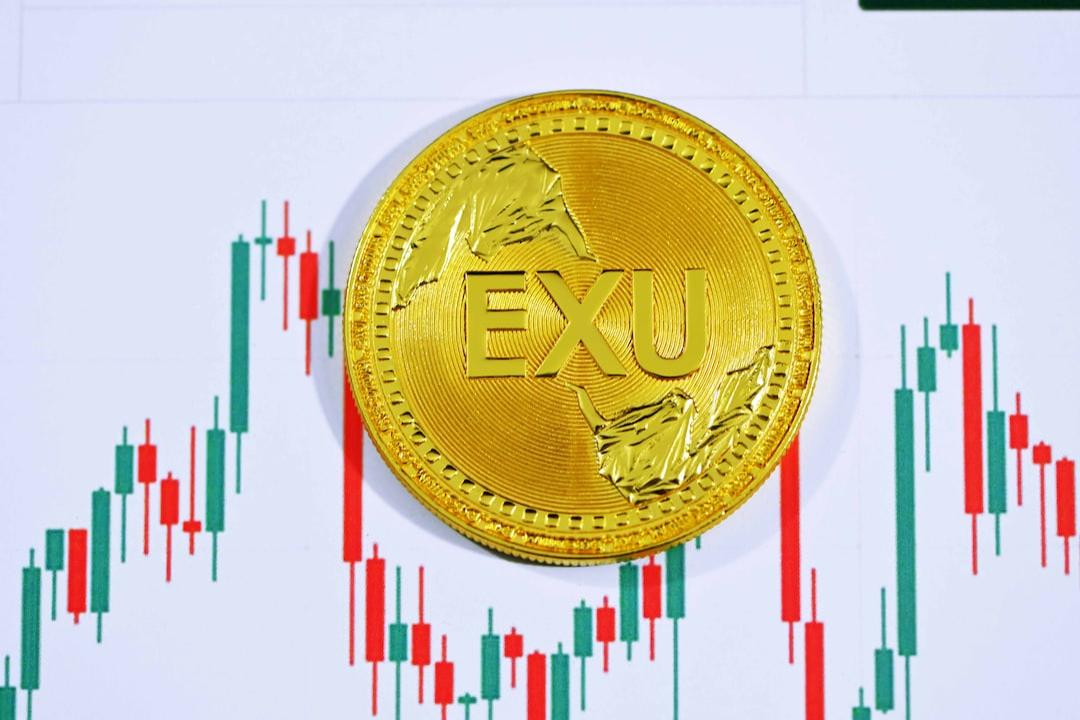A potential decrease in inflows to spot Bitcoin exchange-traded funds (ETFs) and a surge in unrealized gains from traders could exert bearish pressure on the price of Bitcoin following the upcoming halving event.
According to Julio Moreno, the head of research at CryptoQuant, the unrealized profits from Bitcoin’s recent rally are contributing to selling pressure. If the inflows to spot Bitcoin ETFs slow down in the coming months, it could further intensify the pressure on Bitcoin prices.
This analysis is supported by CryptoQuant’s net unrealized profit and loss (NUPL) indicator. The indicator’s warning sign is when it reaches the 0.7 mark, indicating that Bitcoin investors may be ready to cash in their profits, leading to a decrease in prices and an increase in selling pressure.
On March 17, the NUPL indicator stood at 0.606, a 0.41% increase from the previous 24 hours, despite recent corrections in the BTC price.
Moreno highlighted two potential events that could depress Bitcoin prices. Firstly, a slowdown in ETF Bitcoin purchases and secondly, entering the halving event with a high level of unrealized profits for traders, which could lead them to sell and take profits.
The Bitcoin ETFs experienced one of their lowest net inflow days on March 14, with only $132 million in net activity. This marked their lowest level in eight trading sessions and an 80% decline from the previous days.
However, the potential downward trend may not be as severe as previous bear markets due to institutional investors engaging in portfolio rebalancing strategies. These strategies could help temper volatility instead of exacerbating it, according to James Butterfill, the head of research at CoinShares.
Butterfill explained that the volatility during the last bull market in 2021 was 120%, while it currently stands at 45%. Despite this lower volatility, Bitcoin prices have risen above all-time highs, which Butterfill attributes to the dampening effect of portfolio rebalancing.
Bitcoin ETFs have been in high demand so far, with cumulative net inflows surpassing the $12 billion mark on March 15. Industry insiders anticipate further demand as brokerage firms expedite due diligence to offer clients Bitcoin ETFs.
As the negative price effects of miners selling ahead of the halving event are being counteracted by capital flowing through Bitcoin ETFs, miners are preparing for the impact. The halving event reduces the reward for mining new blocks by 50%, thereby decreasing the rate at which new Bitcoin are generated. This year’s reduction will lower Bitcoin miner rewards from 6.25 BTC to 3.125 BTC per block.
However, the cost of mining remains the same or may even increase as miners typically enhance their operations to remain profitable after the event. CoinShares predicts that the average cost of production for crypto miners post-halving will be around $37,856.
Looking at the price performance of miners year to date, Butterfill noted that there are concerns among investors about the halving. However, he believes that many miners are being unfairly affected because the average costs to mine Bitcoin vary significantly.
Historically, miners have sold more of their BTC reserves before the halving to maximize their profits, and this time is no exception. Data from CryptoQuant reveals that miner reserves hit a two-year low on March 15, with miners holding 1.81 million Bitcoin.
The Bitcoin halving occurs every four years, with the next one expected to take place around April 19, 2024.

